Our Hyundai Tucson model year experts will assist you in selecting the right model. So that you don’t have to spend time categorizing every Hyundai Tucson model, we’ve spent countless hours doing it for you.
You can make better purchasing decisions if you have more information. You can use our ultimate guide to help you decide which Hyundai Tucson model year is right for you.
This article highlights the best and worst models of Hyundai Tucson over the years, examining its highs and lows over the years.
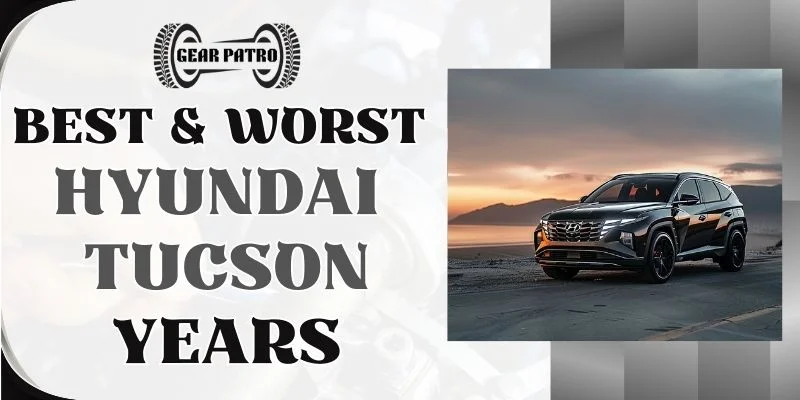
This comprehensive guide to the history of this popular compact SUV is based on comprehensive research and real consumer data.
In 2004, Hyundai launched the Tucson, its top-selling SUV model. More than 7 million units have been sold worldwide so far. This is an essential read for those considering purchasing a Tucson, and it details both outstanding features and potential pitfalls of each generation.
Let’s dig into the different generations of Hyundai Tucson now.
Hyundai Tucson Generations
Since the Hyundai Tucson was introduced in 2005, it has gone through four generations, each with its own unique design, features, and performance characteristics.
From 2005 through the present, Hyundai Tucson generations can be found in the following table:
| Generation | Years |
| 1st generation (JM) | 2005-2009 |
| 2nd generation (LM) | 2010-2015 |
| 3rd generation (TL) | 2016-2021 |
| 4th generation (NX4) | 2022-Present |
In light of the significant changes that have occurred between generations, this generational breakdown provides a clear overview for potential buyers.
Best & Worst Hyundai Elantra Years | Years To Avoid
Best & Worst Hyundai Santa Fe Years | Years To Avoid
Hyundai Tucson Best, Neutral and Worst Years
The following factors and reliable sources are considered when classifying the best and worst model years:
It is through these components that we can gain a comprehensive understanding of the model year of each vehicle.
Here is a table showing which year has been best, neutral, and worst for each generation:
| Generation | Best Years | Neutral Years | Worst Years |
| 1st generation (JM) | 2005 2006 | 2007 2008 | 2009 |
| 2nd generation (LM) | 2010 2011 | 2014 | 2012 2013 2015 |
| 3rd generation (TL) | 2020 | 2018 2019 2021 | 2016 2017 |
| 4th generation (NX4) | 2023 | N/A | 2022 |
A neutral year is one which does not excel in any of the parameters mentioned nor does it lag in any of them. Their performance is moderate in all areas, and they offer a balanced service.
A recall by the NHTSA, for example, adversely impacts our scores, lowering the car’s reliability, resulting in a lower rating. There is a correlation between car reliability and the number of complaints and recalls it receives.
We now need to analyze the specifications of the best, neutral, and worst years based on the parameters we established.
Best & Worst Years for Hyundai Tucson 1st Generation (2005-2009)
Among the greatest achievements of Hyundai in 2005 was the launch of the Tucson compact SUV, which marked Hyundai’s entry into the compact SUV market. Taking advantage of impressive features and an affordable price point to deliver great value to customers, it aimed to deliver outstanding performance.
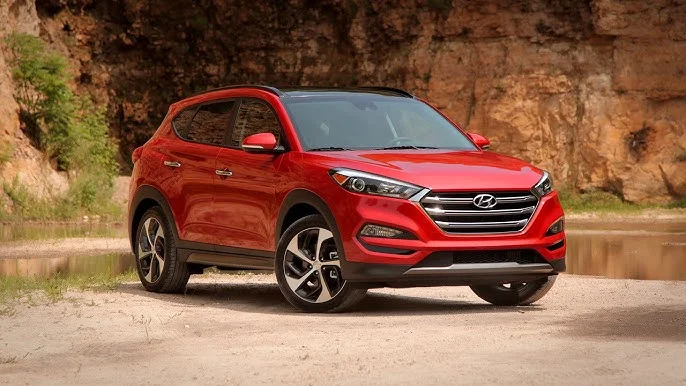
The Best Years: 2005, 2006
Aside from their reliability, affordability, and impressive feature sets, the 2005 and 2006 models stand out among the competition. The car was available with two engine options: an inline four cylinder engine and a 2.7 liter V6 engine. The engines were coupled to either a four-speed manual transmission or a five-speed manual transmission.
Tucson provided Electronic Stability Control (ESC), a significant safety feature that aids drivers during rapid steering maneuvers or on slippery roads. An additional level of safety was provided to passengers by six airbags, including side curtain airbags.
The Neutral Years: 2007, 2008
In terms of reliability and performance, 2007 and 2008 models didn’t bring many significant improvements. Engines offered on these models were 2.0 liters four cylinders and 2.7 liters V6s, which provided value for the money.
There were no changes to the safety features of the earlier models, so buyers who are concerned about safety are still satisfied.
The Worst Years: 2009
Hyundai Tucson’s overall performance and reception declined in 2009 despite having similar features to its predecessors.
It was the airbags that were the primary cause of the 2009 model’s reliability issues. A significant safety risk was presented by airbags that failed to deploy correctly during accidents, according to some owners.
Though this problem was prevalent in the 2009 Tucson, not every vehicle experienced it. Tucson’s 2009 model, however, was the worst year for the first generation because of the potential safety risks.
Best & Worst Years for Hyundai Tucson 2nd Generation (2010-2015)
With its second generation debut in 2010, the Hyundai Tucson (marketed in several markets as Hyundai ix35) marked a significant leap forward in terms of features, style, and performance.
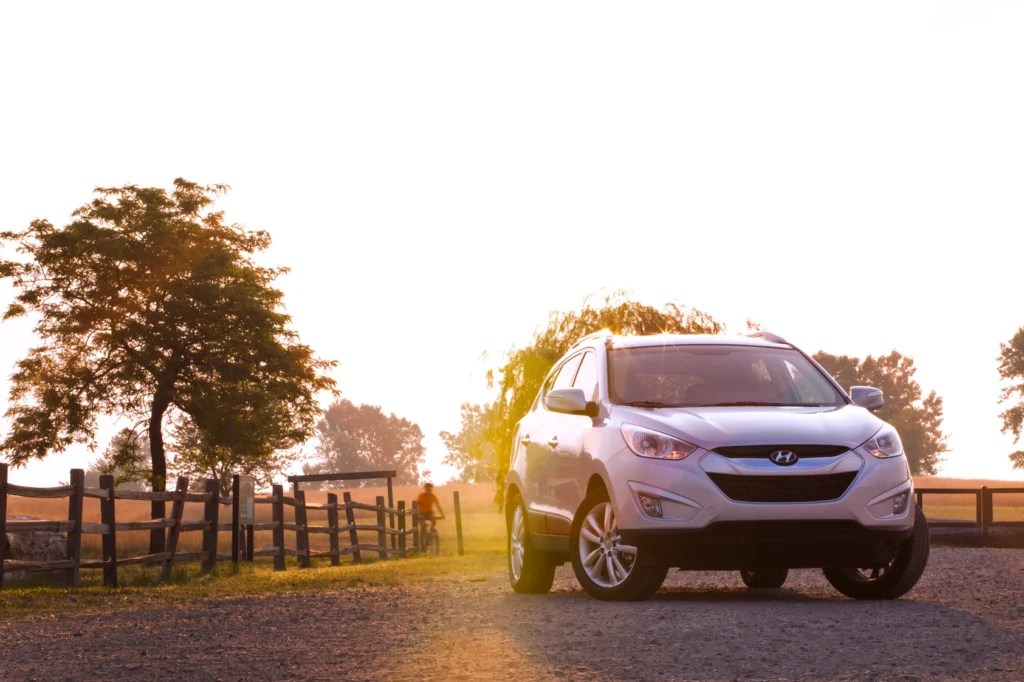
Its design incorporated Hyundai’s ‘Fluidic Sculpture’ design language, giving it a more aerodynamic and sleek appearance.
The Best Years: 2010, 2011
Performance improvements included a new fuel-efficient three-cylinder engine replacing the previous generation’s 2.7L V6 in 2010 and 2011. As a result of this improved fuel economy, a number of consumers preferred these models during these years.
In terms of technology, these models were equipped with modern technology for their time, including an onboard touchscreen navigation system and a backup camera, which enhanced convenience and safety.
The Neutral Year: 2014
There were some incremental changes made to the 2014 Hyundai Tucson compared to its predecessor. The new model came with two new engines: a 2.0L four-cylinder engine and a more powerful 2.4L four-cylinder engine.
The engines improved fuel economy and performance, but not as dramatically as those in the best years. A smooth, comfortable ride was offered when driving the 2014 model, which retained the stylish design and safety features of its predecessors.
The Worst Years: 2012, 2013, 2015
There were high points and low points to the second-generation Tucson. It was particularly problematic for the 2012 and 2013 models, with many owners reporting severe engine problems, such as engine failures and powertrain issues, which led to expensive repairs.
A number of problems plagued the 2015 Tucson as well. Engine failures and power loss have been reported by owners. The service brakes were also reported to be having problems, including failures.
In addition to the substantial repair costs for owners, these problems raised safety concerns as well. In order to categorize the second-generation Tucson as the worst of the worst, we chose the 2012, 2013, and 2015 models.
Best & Worst Years for Hyundai Tucson 3rd Generation (2016-2021)
All Hyundai Tucson models began using the Tucson name in 2016, marking the third generation of the model.
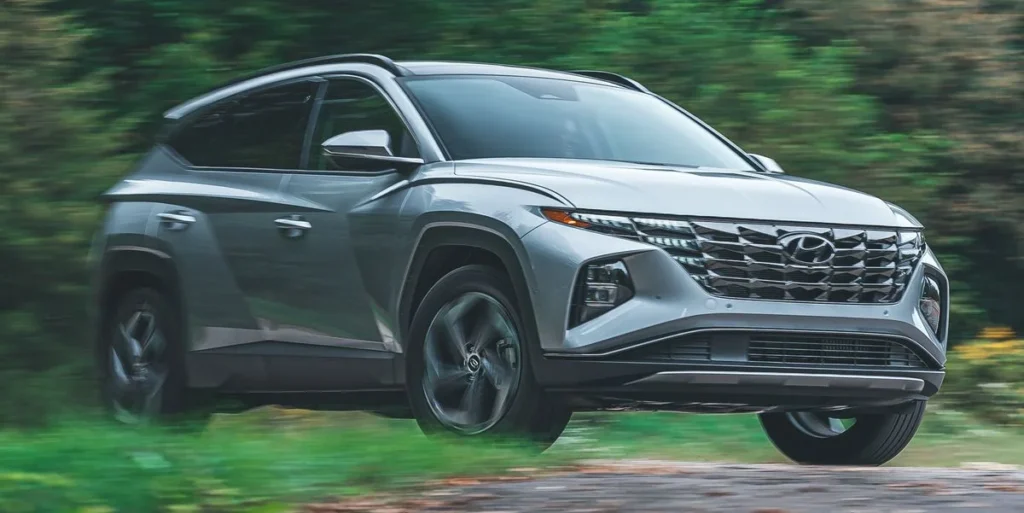
The Best Year: 2020
It was, however, in 2020 that the model truly shine. One of the biggest changes for the 2020 model was the addition of a new 2.5-liter four-cylinder engine that improved fuel efficiency and performance.
A driver attention warning system, automatic emergency braking, lane keeping assist, and an automatic emergency braking system are included in Hyundai’s SmartSense package on the 2020 Tucson.
In addition to its color touchscreen, it was equipped with Android Auto and Apple CarPlay as well as a six-speaker sound system.
The Neutral Years: 2018, 2019, 2021
In terms of the third generation Hyundai Tucson, the impartial years are 2018, 2019, and 2021. Design, technology, and performance were gradually improved and adjusted with these models.
In 2018, Hyundai made all Tucson models available with a 7-inch touchscreen display.
With new headlights and taillights, a redesigned grille, and new wheels, the Tucson received a minor facelift in 2019.
In terms of the 2021 model, it offered the same reliable performance and reliability, but didn’t bring many significant advances.
The Worst Years: 2016, 2017
Hyundai Tucson models from 2016 and 2017 were plagued with numerous problems, leading them to be regarded as the worst years of the third generation.
There have been numerous reports of powertrain and engine issues, including excessive oil consumption, which have led to expensive repairs.
There have been numerous reports of transmission problems with the 2016 model, which was the debut year of the new generation.
Despite addressing a few of these issues, the 2017 model still received a number of complaints, which were primarily engine-related.
A list of Hyundai Tucson recalls and complaints from 2016 and 2017 can be found at NHTSA.
Best & Worst Years for Hyundai Tucson 4th Generation (2022-Present)
In the Hyundai Tucson’s fourth generation, which is also called the NX4, the 2023 model stood out as the best year of the generation.
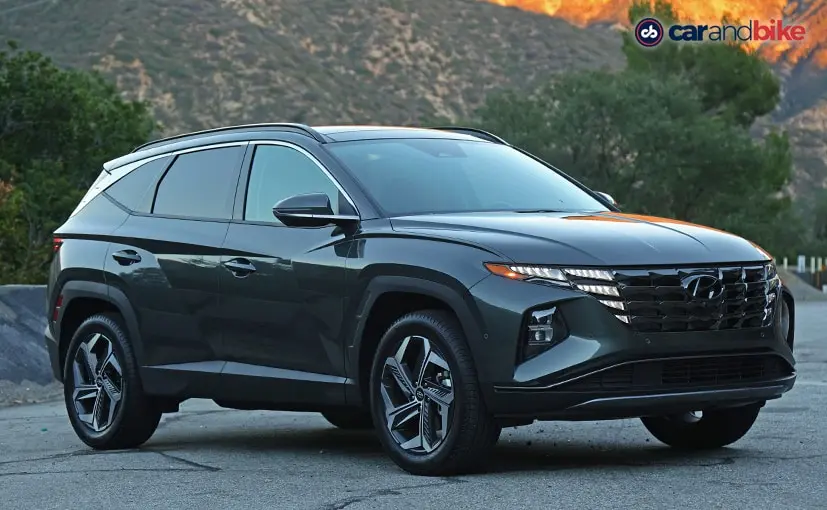
The Best Year: 2023
Introducing a new design concept, cutting-edge technology, and hybrid and plug-in hybrid engines, this model introduces a bold new design language.
Advance safety features like Forward Collision-Avoidance Assist (FCA), Lane Keeping Assist (LKA), and High Beam Assist (HBA) were added to the 2023 model.
Among its technological features, the 2023 model features a 10.25-inch touchscreen infotainment system, Hyundai’s latest BlueLink connected car services, and premium audio from Bose.
This generation’s best year is the 2023 Hyundai Tucson model, which offers a wide range of standard features, an excellent safety record, and alternative fuel options.
The Worst Year: 2022
As a result of several significant issues, the 2022 Hyundai Tucson was classified as the worst year of the current generation despite presenting a significant leap forward in terms of design and features.
There have been numerous reports of engine and powertrain problems from owners. In these instances, the engine lost power, the transmission shifts rough, and the engine stalled.
A resulting increase in maintenance costs and deterioration of vehicle reliability were the results of these mechanical problems.
Conclusion
Now you can figure out which Hyundai Tucson model year is the best and worst. Make sure you pay attention to the worst problems of the model year and buy the best.
Based on your preferences and requirements, which Hyundai Tucson year best meets your needs in terms of performance and reliability?
Let us know what you think in the comments below!
